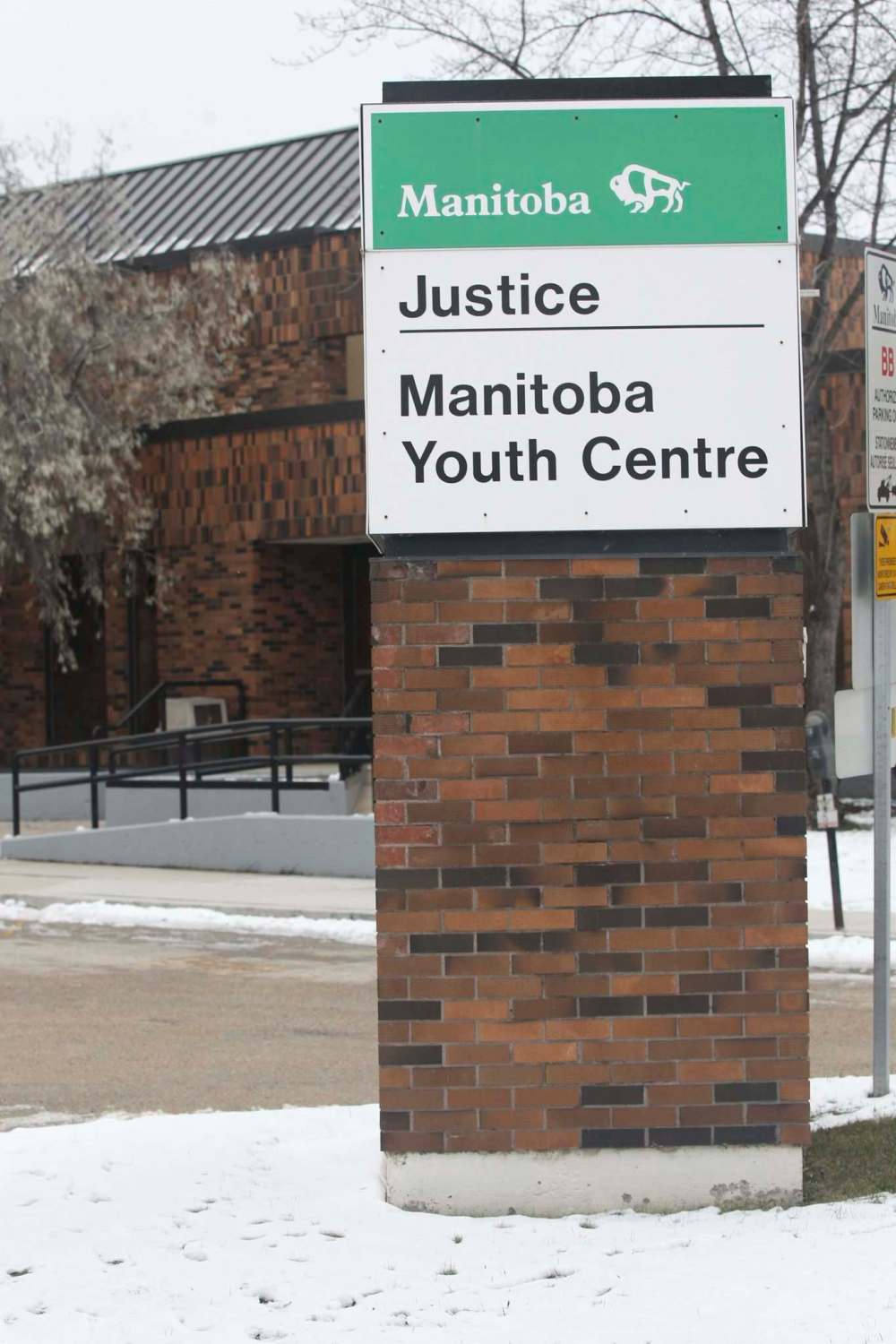Crossover kids need innovative intervention
Advertisement
Read this article for free:
or
Already have an account? Log in here »
To continue reading, please subscribe:
Monthly Digital Subscription
$0 for the first 4 weeks*
- Enjoy unlimited reading on winnipegfreepress.com
- Read the E-Edition, our digital replica newspaper
- Access News Break, our award-winning app
- Play interactive puzzles
*No charge for 4 weeks then price increases to the regular rate of $19.00 plus GST every four weeks. Offer available to new and qualified returning subscribers only. Cancel any time.
Monthly Digital Subscription
$4.75/week*
- Enjoy unlimited reading on winnipegfreepress.com
- Read the E-Edition, our digital replica newspaper
- Access News Break, our award-winning app
- Play interactive puzzles
*Billed as $19 plus GST every four weeks. Cancel any time.
To continue reading, please subscribe:
Add Free Press access to your Brandon Sun subscription for only an additional
$1 for the first 4 weeks*
*Your next subscription payment will increase by $1.00 and you will be charged $16.99 plus GST for four weeks. After four weeks, your payment will increase to $23.99 plus GST every four weeks.
Read unlimited articles for free today:
or
Already have an account? Log in here »
Hey there, time traveller!
This article was published 11/01/2018 (2892 days ago), so information in it may no longer be current.
When kids in care become kids in jail, it only makes matters worse. Bouncing between jail and child-welfare placements can make it tougher for youth to overcome the inordinate challenges they were born into, through no fault of their own.
Other provinces are experimenting with ways to break the back-and-forth cycle of these so-called “crossover kids.” The success of these experiments should be considered, as Manitoba studies how to close the revolving door in this province.
The term crossover kids refers to foster children and youth who have repeated encounters with the criminal justice system, often because they break relatively minor bail conditions. The extent of the crossover was revealed recently in a Free Press investigation; response to a freedom-of-information request showed more than 60 per cent of teenagers in youth custody are also in Child and Family Services (CFS) care.

These youth are evidence that, in the marathon that is life, not everyone gets a fair start. People who are left behind include children raised in dysfunctional homes during the crucial childhood years that shape their future.
They often come from homes without nurturing adults, without a stable routine and without responsible role models. Some face greater risk of violence and sexual abuse. Some are burdened with lifelong challenges, such as Fetal Alcohol Spectrum Disorder.
It’s unsurprising that, by the time they enter care of the state, many kids are damaged, stuck with limited emotional skill sets that lead them to act out against authority figures, such as welfare counsellors and justice officials. That’s a recipe for entry into the crossover-kids club.
Typically, the crossover begins when a teen in a group home commits a crime, even a relatively minor crime, such as pushing a counsellor or punching a hole in a wall. The justice system is alerted and levies bail conditions. When those conditions are broken, the teen ends up in the Manitoba Youth Centre. Suffice to say that no one’s character has ever improved by associating with the acquaintances one acquires behind bars.
In Manitoba, a province among the most likely in Canada to jail its youth, the Centre for Health Policy is currently conducting an in-depth study of the crossover-kids situation.
British Columbia and Ontario are past the study stage, and are experimenting with possible solutions. In Ontario, for example, a program has, since 2015, required judges and lawyers in four cities to consider the youth’s child-welfare background.
Other changes could also be considered. Police could use more discretion when deciding whether to criminally charge CFS kids. Restorative justice can be an effective alternative to jail. The province could increase funding, so CFS workers have more reasonable caseloads and adequate time to help the most challenging clients.
It’s a delicate balance. The goal should be to recognize kids in care sometimes need a break, as they try to overcome difficulties not experienced by children from stable homes, while still maintaining the safety of the law-abiding community.
The motivation for fixing the system begins with compassion for youth, who didn’t ask to be born into forlorn circumstances that damaged them in their formative years. But the motivation also includes a practical bottom-line reality in which, unless the crossover cycle is interrupted, broken youth become broken adults, at great cost to the future of Manitoba.


